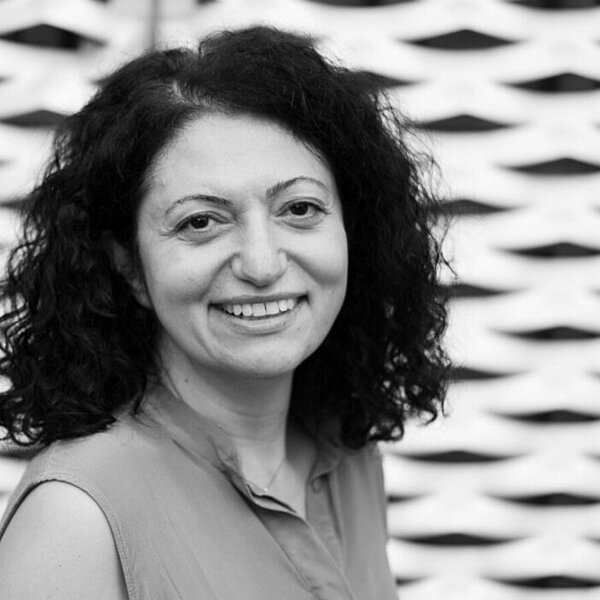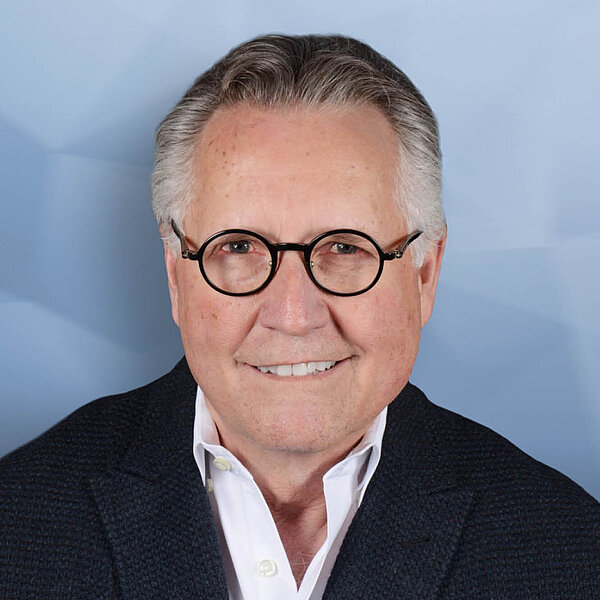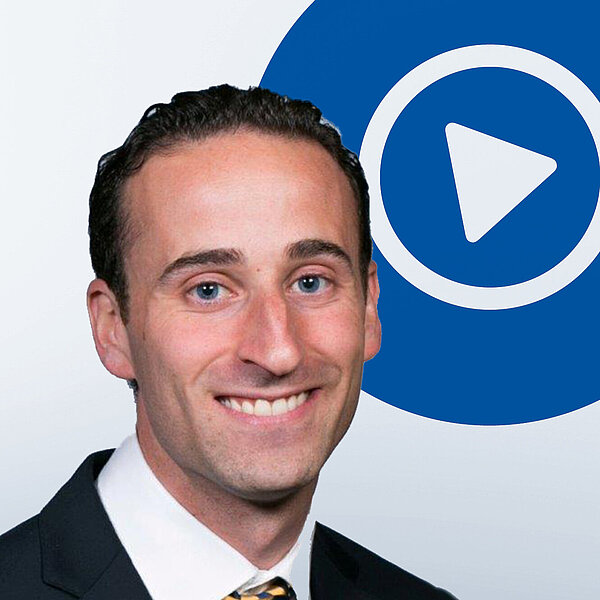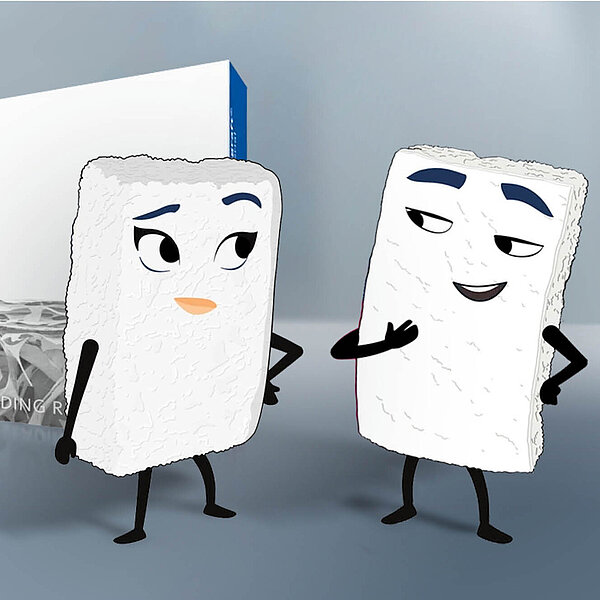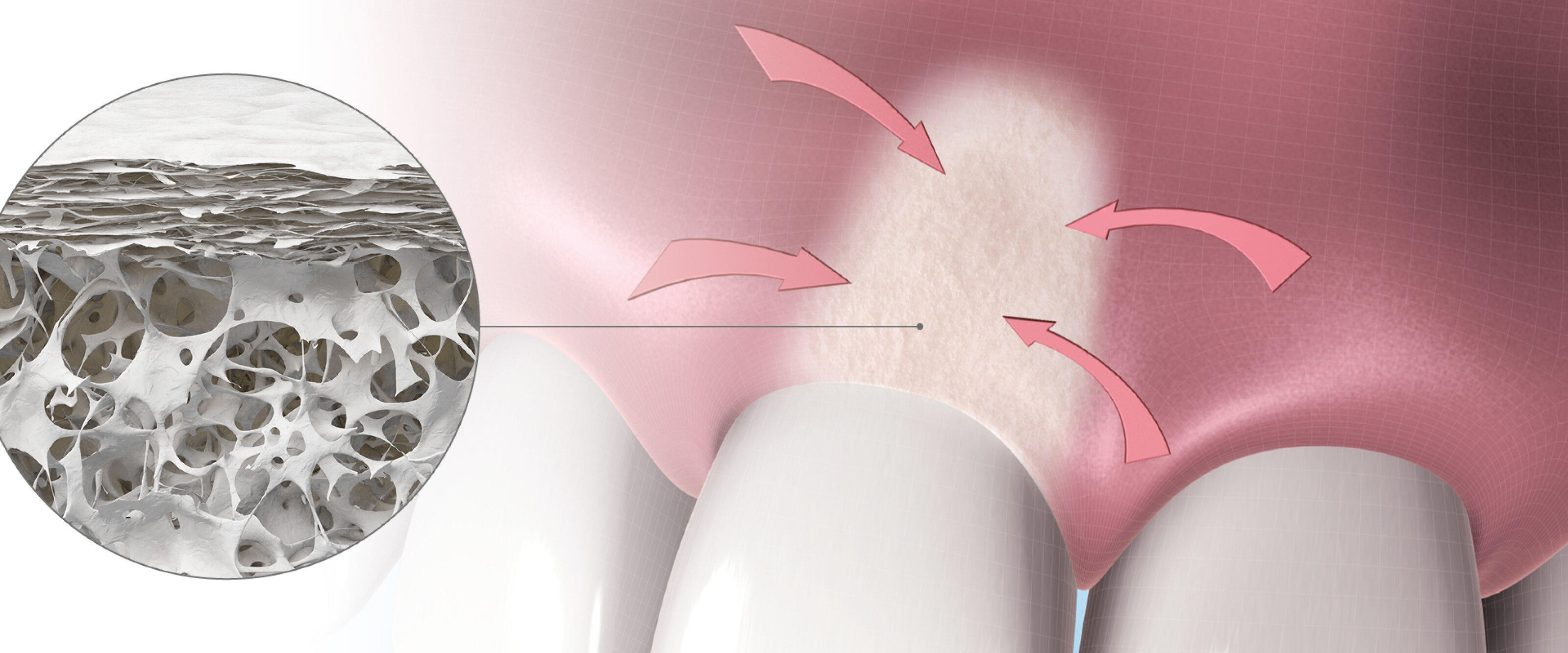
Five-year data on Geistlich Mucograft®
Free gingival graft is considered the gold-standard to widen the keratinized tissue in the vestibulum. In 2014, a randomized controlled split-mouth study by McGuire et al. showed that Geistlich Mucograft® is just as capable of achieving the goal of generating >2 mm of keratinized tissue.1 Now the authors confirmed the efficacy also in the long run – with follow-up times up to eight years.2
Despite being the gold standard material, autologous grafts have several disadvantages when it comes to creating keratinized tissue. Painful harvesting procedures and risks of complications, limited availability and unnatural color and texture at grafted sites are some of them.
In 2014, Drs. McGuire and Scheyer studied Geistlich Mucograft® as an alternative to free gingival graft in 30 patients over six months.2 The goal was to create a band of at least 2 mm keratinized tissue in the vestibulum.2 Both treatments were equally successful in achieving this goal. Differences between clinical attachment level, recession, and bleeding on probing were insignificant between the groups. But the texture and color matching of Geistlich Mucograft® was better, and two-thirds of the patients preferred the result of the collagen matrix and the lower morbidity.
Does this non-inferiority persist over time?
Six months is a common study duration. But what really matters is stability of the sites in the long run. Therefore, the authors have published the result of their follow-up study, with six to eight years follow-up time.1 23 of the 30 patients were available.
Based on histological assessments, the keratinized gingiva for both test and control sites was healthy. The keratinized tissue width was still more than 2 mm (mean 3.0 mm ± 0.98 in the Geistlich Mucograft® group). Both sites showed a minimal recession between baseline and follow-up: only 0.07±1.26 mm (test) and 0.17±0.78 mm (control), respectively. Also, the differences between the clinical attachment level and bleeding on probing for both groups were still insignificant.
The color and texture of the newly generated keratinized tissue were still more similar to the surrounding native tissue in the Geistlich Mucograft® group(p<0.0001) and patients continued to prefer the Geistlich Mucograft® therapy and its outcome long-term.
Better esthetic matching of Geistlich Mucograft® compared to free gingival graft
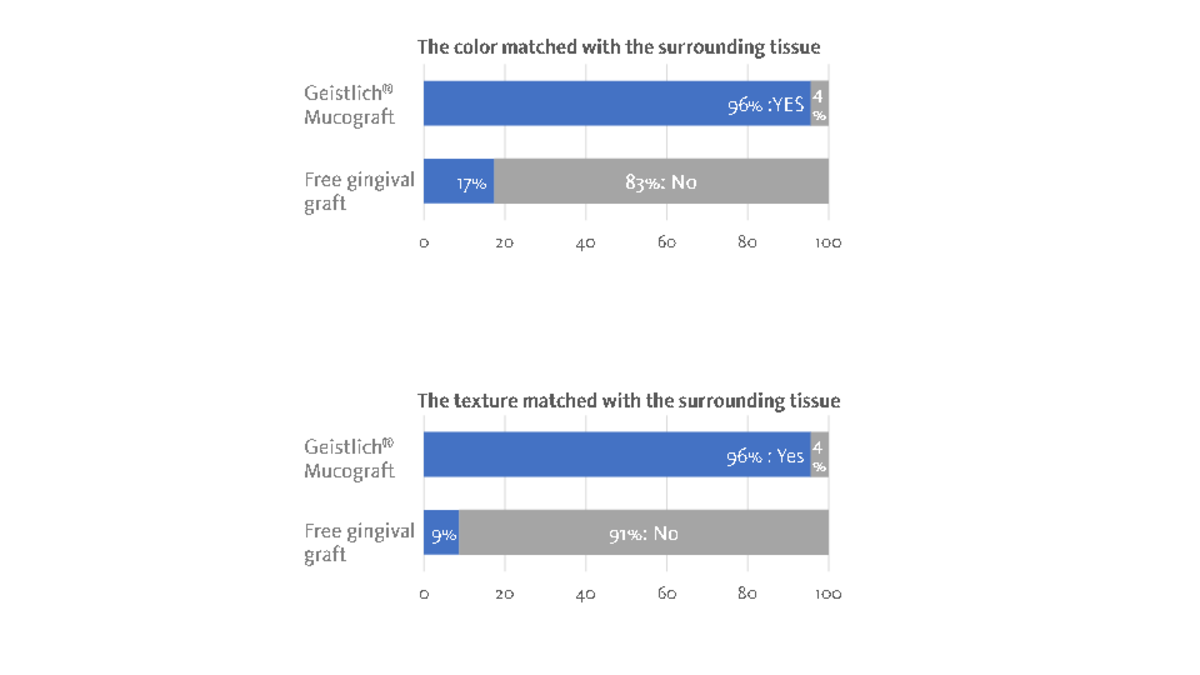
Conclusion: Equal recession levels, better esthetic matching
The major goal of free gingival graft is to prevent further recession. This study showed at 5+ years both treatments were equally effective in preventing further recession. The authors concluded that Geistlich Mucograft® is a suitable substitute for free gingival graft in the long-term. “Recession levels were maintained equivalently by both therapies, but Geistlich Mucograft® provided better esthetic matching to surrounding tissues.”
References:


